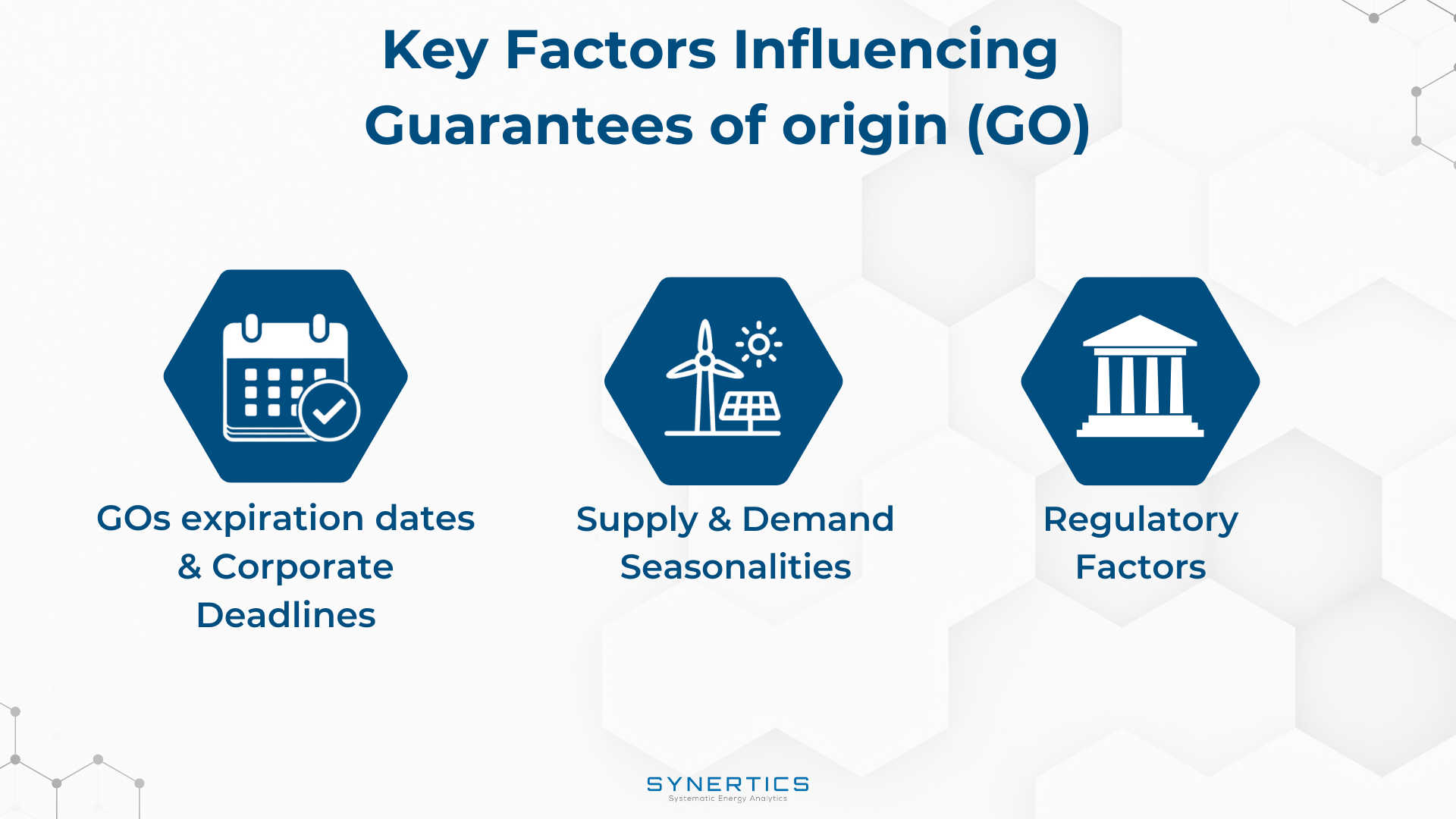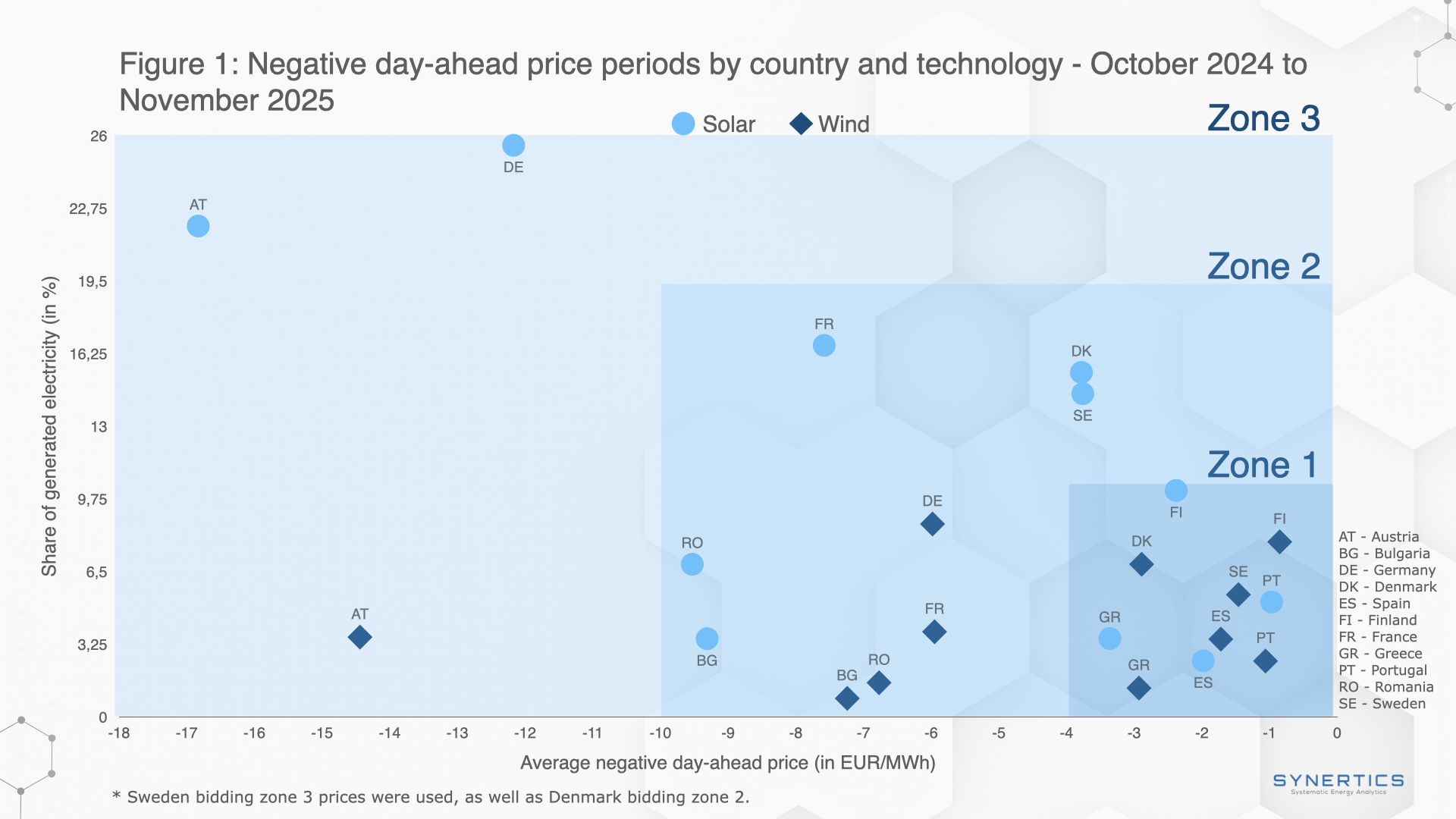Join us on our journey towards renewable energy excellence, where knowledge meets innovation.
Let's look at how flexibility services might be a key answer to address the instability felt on the Spanish wholesale market in the last years.

Flexibility is a key factor for accommodating higher shares of renewable energy into the grid. The variability of generation from solar and wind power plants may result in mismatches between the supply and demand of electricity. This imbalance can cause grid instability, leading to curtailments and potential interruptions. (Read more on grid congestion and curtailments here)
Some of the flexibility services typically used to address those imbalances:
- Storage systems allow shifting renewable energy surplus for periods of lesser generation or higher consumption.
- Demand response actions provide the grid operator with a manageable load from the consumer side, allowing the balancing between supply and demand.
To implement those mechanisms, the European Union (EU) has been discussing new regulatory approaches to address the growth of renewables, aiming to reduce losses of sustainable energies and instability in the electrical system.
Within the Clean Energy for all Europeans Package, the EU Directive 2019/944 states that all members shall create a regulatory framework to procure flexibility. Transmission System Operators (TSO) and Distribution System Operators (DSO) shall be able to procure services of flexibility, including from operators of storage facilities.
According to Spain's National Integrated Energy and Climate Plan 2023-2030 (PNIEC in Spanish acronym), the country predicts an installed capacity of 22 GW by 2030. In 2023, the government launched the first call for aid for innovative hybrid energy storage projects with electricity generation facilities from renewable energy sources. At the end of December 2023, the resolution of the call was published, indicating a total budget of 150 million euros of grants, and the approval of 36 storage projects summing 904 MW of storage capacity. All projects are connected to renewable generation plants, most of them wind and solar, and with electrochemical technology.
Given the high volatility of wholesale electricity prices in Spain in the past years, caused mainly by the gas supply crisis, battery applications have seen a potential for profits. Although the country has put measures to tackle this issue, with the increasing share of variable renewable electricity, especially solar, it is expected that electricity prices will remain volatile.
Graph 1 presents the volatility of the day-ahead prices of electricity in Spain since 2019, highlighting the increase in volatility after the last quarter of 2021.

Despite the substantial grants and the clear recognition from the Government of the role of flexibility services in guaranteeing the stability and decarbonization of supply, there is still room for improvement.
It is expected that in 2024, a Capacity Market will be approved in Spain, allowing storage systems to offer flexibility services in equal conditions of generation and demand response.
Implementing and regulating a market of ancillary services can also help build attractive revenue streams for storage systems, lowering risks and enabling the continuous growth of such technology.

Insights, Market-trends
15th Dec, 2025

Market-trends, Projects
27th Nov, 2025

Market-trends
21st Oct, 2025